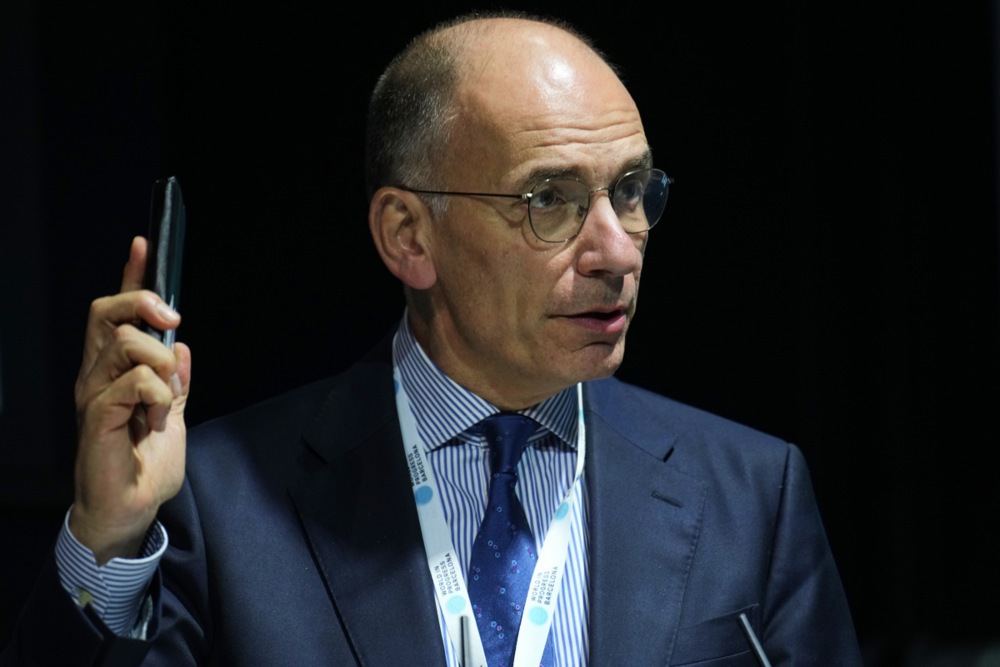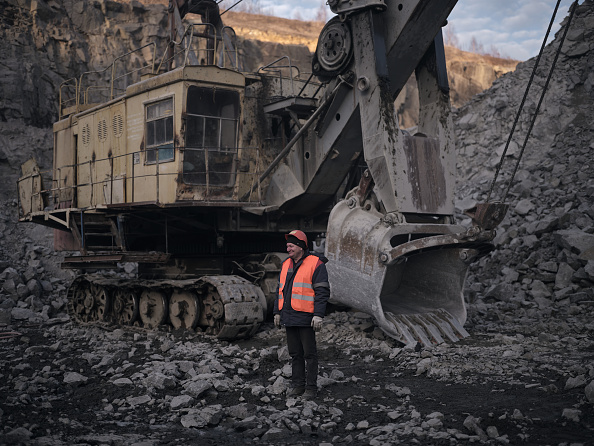The EU is preparing a “massive” new sanctions package against Russia— but after 17 rounds, growing fatigue and limited results have started to fracture the unity the EU needs to carry them through.
On May 20, the EU will formally adopt its 17th package of restrictive measures against Moscow, following Russia’s invasion of Ukraine. But before it even enters into force, the European Commission already has a follow-up round in the works.
The Commission promised an 18th package, following a new wave of Russian strikes on Ukraine and Moscow’s rejection of ceasefire proposals.
Officials say this package will focus on tightening the oil price cap, expanding listings related to Russia’s ghost fleet, and sealing off defunct infrastructure like the Nord Stream pipelines.
“The EU should take into account the national interests of its Member States” in the new package, Slovakian MEP Milan Uhrik told Brussels Signal May 19.
The push for escalation in sanctions comes as several member states voice concerns over the their effectiveness and impact.
In Slovakia, a petition backed by the hard-right Slovak Renaissance Movement calls for a referendum on lifting sanctions altogether.
The proposed 18th package is “symbolic and ideological” and the EC is neglecting Slovakia’s national interests, Uhrik told Brussels Signal.
“Slovak citizens do not want to pay double or triple prices just because some European bureaucrats decided to reduce dependence on Russian raw materials,” he said.
Fellow Slovak MEP Ľuboš Blaha called the measures “hypocritical” and “counterproductive,” saying they have made Russia more economically self-sufficient.
Some parties though do remain strongly in favour of continuing to impose sanctions, and making them more aggressive, viewing them as the only way to stop financing Russia’s brutal invasion of Ukraine.
“If Russia does not want to come to the negotiating table, then Putin must pay the price,” said Belgian MEP Yvan Verougstraete, who backs deeper restrictions on energy revenue, maritime facilitators and sanctions circumvention.
“It is important to show that Europe can be strong and fully prepared to go further if needed”, he told Brussels Signal on May 20.
European Commission vice-president Valdis Dombrovskis confirmed the new package would include a proposal to lower the current $60-per-barrel price cap on Russian seaborne oil.
Speaking ahead of this week’s G7 finance ministers’ meeting, Dombrovskis said on May 19 the Commission would raise the issue with international partners, without specifying a new cap level.
The Commission will propose dropping the cap to $50, according to EU officials cited by Reuters.
The goal is to cut further into Russian energy revenues, particularly as crude oil traded by Moscow has frequently bypassed the $60 ceiling through non-Western insurers and a growing fleet of tankers operating without G7-compliant documentation.
The G7 introduced its oil price cap in late 2022 as a way to limit Russian wartime income while maintaining global supply.
But as Dombrovskis acknowledged, enforcement remains uneven, prompting Brussels to target vessels and facilitators involved in these evasive schemes as part of the 18th package.
Also expected in the new package is a legal move to permanently ban operation of the Nord Stream pipelines.
Though inactive since late 2022, Nord Stream 1 and 2 remain technically viable.
As EC spokesperson Paula Pinho explained earlier in May, “NS1 can be repaired. NS2 can theoretically be licensed.” The goal of the ban is to deter any future use or investment of either.
“The idea is to discourage any interested parties, especially investors, from continuing any activities related to the pipeline in the future,” she said, referring to recent legal developments in Switzerland that allowed the Nord Stream 2 consortium to restructure and avoid bankruptcy.
While the Commission maintains the measures are necessary to sustain pressure on the Kremlin, critics question whether symbolic targeting of an already inoperative infrastructure will achieve any measurable effect.
“Why sanction something that is not working today anyway?” Pinho said. “Because we never know what might happen in the future.”
For Slovakian MEP Ľuboš Blaha, there was a deeper problem with this logic.
“Despite the sanctions, a large proportion of the gas that still flows into the EU is Russian gas, even though it is declared to be of a different origin,” he told Brussels Signal May 19.
Blaha warned key sectors of the Russian economy have “developed remarkably” since being targeted, becoming more resilient and independent.
Meanwhile, transatlantic coordination remains limited.
Commission president Ursula von der Leyen said she was “in close contact” with US Senator Lindsey Graham, a proponent of 500 per cent tariffs on Russian goods the EU is also considering for its 18th package.
However, the White House has not formally endorsed these measures.
The idea of such extreme tariffs aims to decouple the EU from Russian imports entirely.
Still, the feasibility of this aim is in doubt.
The EU imports around €3 billion worth of Russian goods each month — mostly gas, oil, and fertilisers — amounting to fewer than a tenth of Russia’s total exports.
Even cutting that figure in half, a more realistic short-term outcome, might have very little effect.





